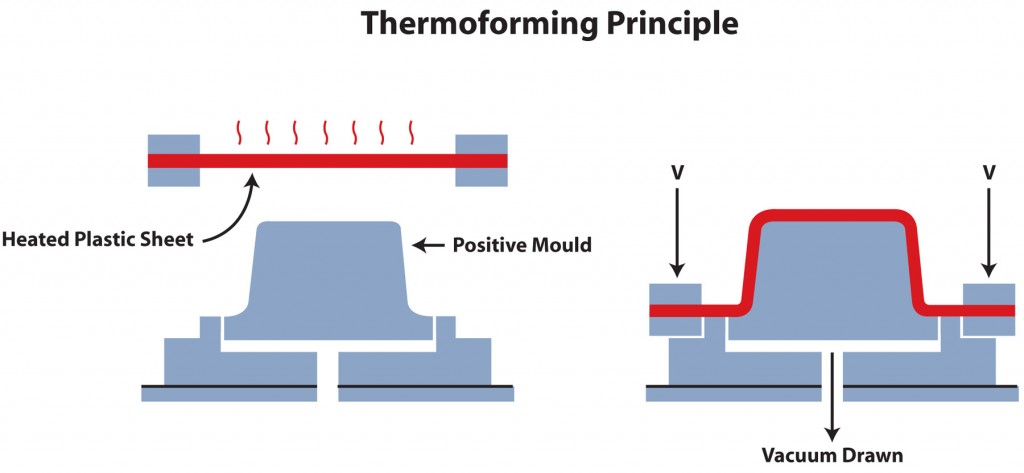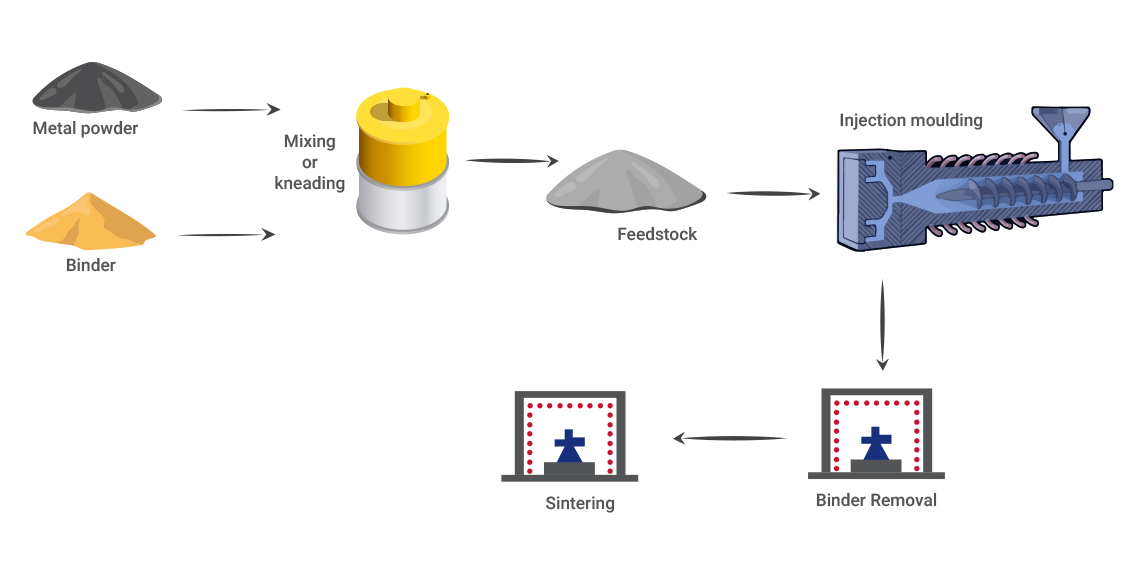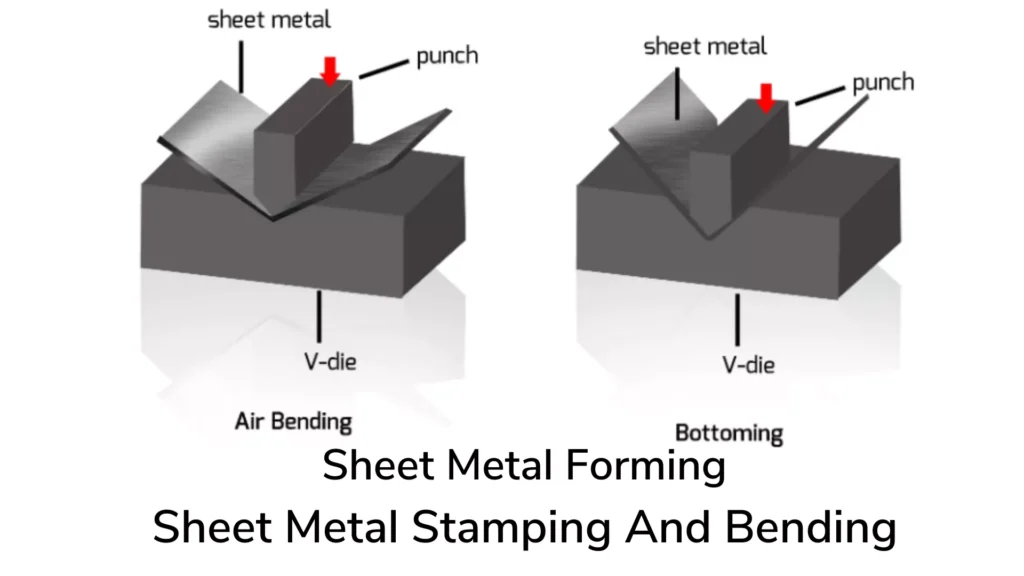Packaging Solutions
Packaging design or product packaging design refers to the creation of the exterior of a product, but can also refer to the interior components that stop parts from moving around or rattling during transport. Looks are often times just as important as function and when both are combined in a unique way, great things can occur. The result is a product presentation that looks good and protects the parts inside.
Packaging is used very loosely as there are a lot of types of packaging and applications that we can assist with. When it comes to packaging Walt 3D can assist in the design, prototype making and production of packaging made from cardboard, foam and plastics.























